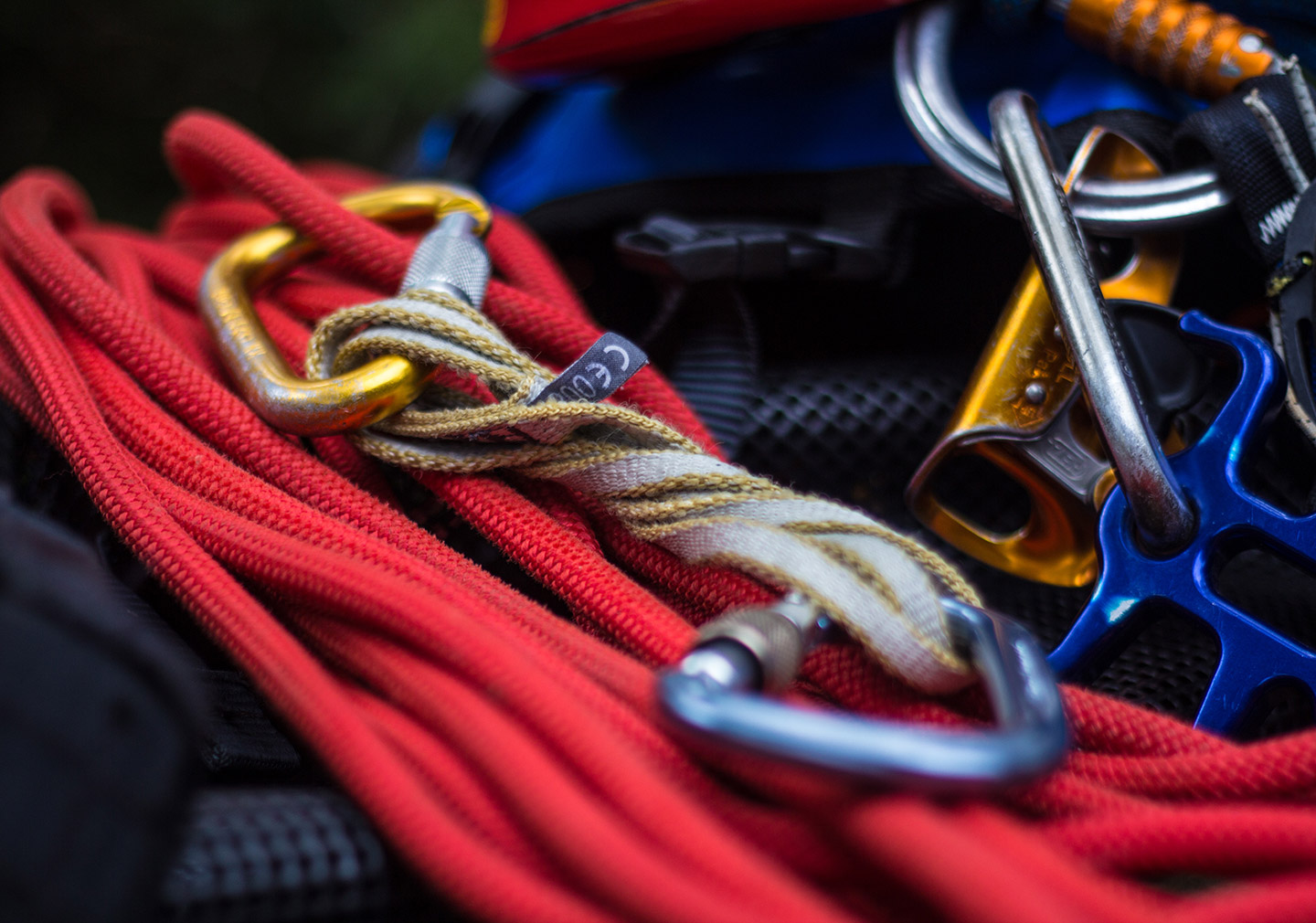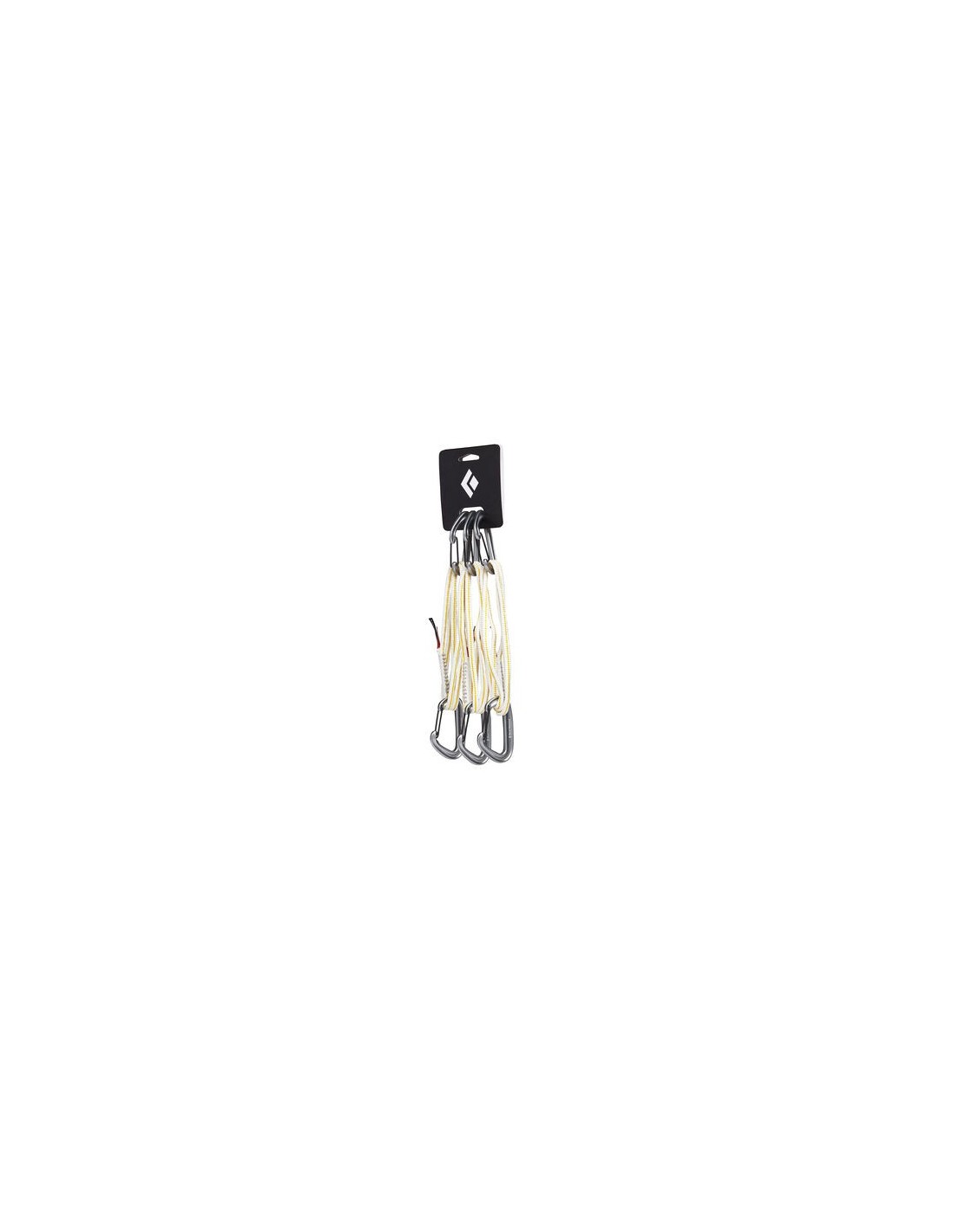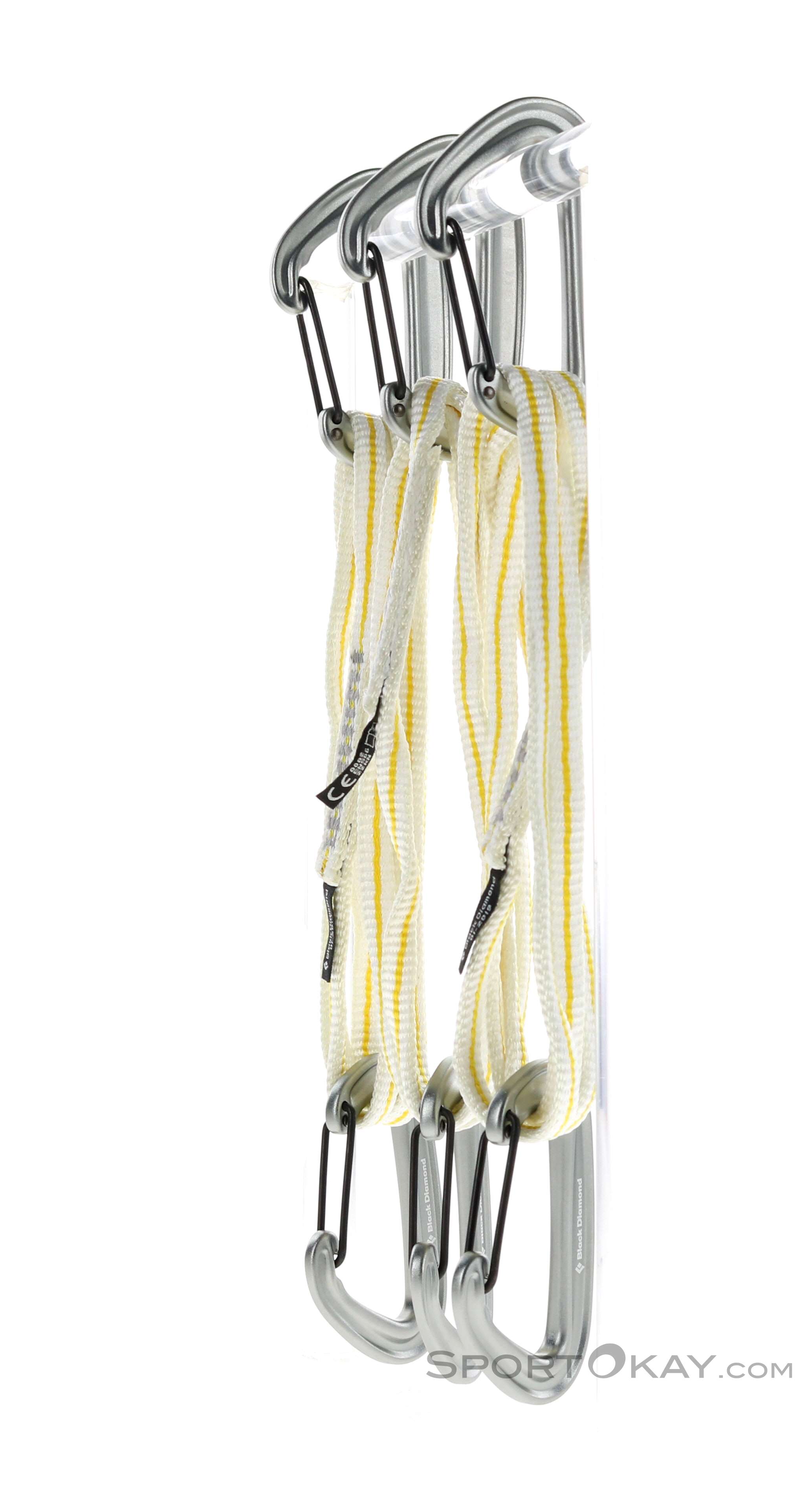

They are, however, more expensive than your standard wire-gate option.ĭespite their name, alpine quickdraws aren’t just for alpine climbing. Three examples of this are DMM’s Alpha Trad carabiner, Black Diamond’s HoodWire technology, and Petzl’s Ange Finesse carabiner, all of which feature clean, snag-free noses. It is possible to have both a wire-gate and a snag-free keylock nose. Their only disadvantage is their lack of a keylock nose however, some manufacturers are coming up with solutions to this problem: Wire-gates are much lighter and more reliable than solid-gates, and they don’t freeze up in winter conditions like solid-gates do. Choosing smaller, lighter carabiners will help you keep weight to a minimum when choosing or building trad ‘draws however, that means a compromise of handling and clipping performance, although the latter is partially offset by the smaller diameter of half ropes. Trad ‘draws need to be lighter so as to save weight on your harness, which all of your other trad climbing gear will be racked on, yet still functional and durable to make the climb easier and safer.Īround 85% of a quickdraw’s weight comes from its two carabiners. Trad ‘draws strike a balance between the absolute minimal weight of the alpine ‘draw and the functionality and durability of the sport ‘draw. It’s a subtle difference, but a subtle difference that really pays off when climbing and clipping as fast as possible. Solid-gate carabiners have a keylock nose-i.e., no snagging notch.īent-gate carabiners create a sweet spot where the weight of the rope alone is virtually enough to open the gate, making clipping of the rope easier and more precise. At worst, it’s highly frustrating and can make cleaning certain routes, like overhanging routes where you really have to pull on the draw to unclip it, very hard work. Wire-gate carabiners have a notch where the gate sits when closed, and which snags on bolts and on the rope. Weight is less of an issue when sport climbing, but if you’re multi-pitch sport climbing, which necessitates carrying at least sixteen quickdraws, you may want to consider choosing medium-weight quickdraws. Larger carabiners offer a number of advantages in terms of functionality and durability: they have larger gate openings making them easier to clip the rope into they’re more durable to their larger mass and they’re easier to handle in general just because they’re bigger. Sport climbing, at its core, means hard climbing, so smooth clipping and unclipping, being easy to pull up on when working hard sections, and being very durable so as to survive the abuse of repeated falls are all essential features of the sport ‘draw. If you’re unsure of how this works, here’s a link to a really useful article on rope drag and extending placements: It’s less pertinent when sport climbing, as sport routes tend to be bolted on the straight and narrow however, it’s much more of an important factor when trad climbing.

But remember, the primary function of a quickdraw is to reduce rope drag. This article breaks down the fundamental aspects of sport, trad, and alpine quickdraws, explaining the desirable features of each. (Even a budget set of 12 costs in excess of £100.) So, knowing the desirables of each category will help you choose the best quickdraw for you and your climbing style. Still, within these categories there are multiple price options catering for the budget and premium markets, as well as everything in between.

Nowadays, most manufacturers offer pre-made sets of quickdraws designed with a specific purpose in mind-i.e., sport, trad, or alpine climbing, or all-round use-and most climbers buy these pre-made sets as they tend to be cheaper than building their own.

But the tricky thing about quickdraws is their variety. Regardless of any advice you may receive while using this forum, it is your personal responsibility to make sure that you are fully trained to handle the great deal of risk involved in climbing and related activities.Quickdraws are simple bits of kit: two carabiners, a dogbone or a sling, and finally, on most but not all, a rubber retainer.


 0 kommentar(er)
0 kommentar(er)
